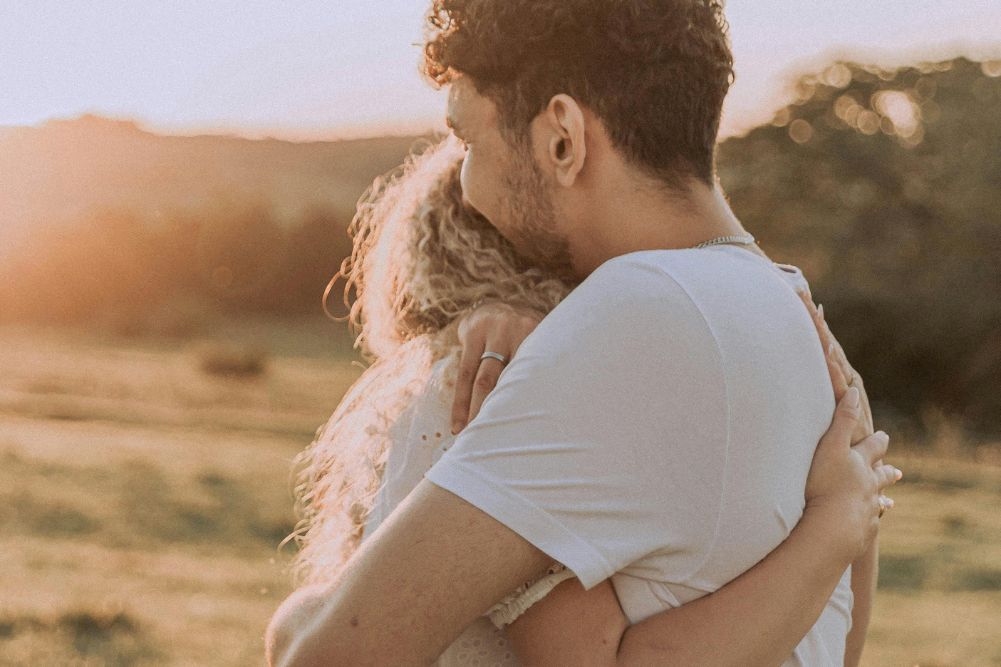Mindfulness: breathe in. Breathe out. Repeat.
At an event last week, the conversation around the dinner table turned to mindfulness. Most guests at my table had heard of mindfulness and some had even tried it. As we listened to one woman explaining her understanding of it, someone else wondered why all the fuss about focusing on the breath? And what did that mean exactly anyway? It certainly got me thinking. Why indeed?
Most mindfulness meditations invite us at some point to focus on our breath and it seems there is an expectation that everyone will know what that means. But just because we all breathe, doesn’t mean we know why or how to use our breath to meditate. So here’s a quick (and hopefully simple) guide.
Why use the breath?
Just to recap, mindfulness is paying attention to where you are and what you are experiencing, in the present moment as you experience it, without judging it in any way.
We are experiencing this breath, right now, in the present. Not the last breath, or the next one, but this one right now.
The most simple and easy way to practice mindfulness is by focusing all of your attention on your breath as it flows in and out of your body. Why? Well first and foremost, we all breathe, all of the time. Its universally applicable. If you can breathe, you can learn to meditate.
The breath is also always in the present moment. We are experiencing this breath, right now, in the present. Not the last breath, or the next one, but this one right now. And that is what mindfulness and being present is all about. Focusing on right now.
The breath is also one of the easiest sensations for us to feel in the body, as we experience it. Most people can feel the air flowing in or out of their body, either in the nose, throat, chest or belly.
The other great perk is that wherever we are, whatever we are doing, we are always breathing. So if we learn to meditate on the breath, we can do it anywhere and we don’t need any fancy equipment such as iPhone apps, speakers or earphones. Just our own lungs.
Feeling the breath in the body
The most simple and easy way to practice mindfulness is by focusing all of your attention on your breath as it flows in and out of your body.
So, what does it mean to focus on or become aware of the breath in your body?
On your next breath, breathe in deeply and see if you can notice where you feel the breath in your body. Can you feel the air flowing into your nose or mouth as you breathe in? Notice if its cool or warm. As you breathe out notice if that changes.
As you breathe in again, see if you can feel the air moving down into your lungs, feeling them expand as they fill with air and then contract again when you breathe out.
On the next breath, notice what happens to your belly as you breathe in. Does it rise or push outwards as you breathe in? What happens when you breathe out?
These are some of the sensations we can bring our attention to when we are focusing on the breath.
Simple mindfulness of breath practice
1. Focus on the sensations of the breath in the body:
Where do you feel it? Is it warm or cool? Easy or constricted? How does it feel in your nose, throat, chest and belly as you breath in and breath out?
2. When you notice that you are not focusing on your breath and you are getting carried away by thinking abut other things, congratulate yourself as you’ve just had a mindful moment and gently return your focus to the feelings of the breath in your body.
3. Repeat for as long as you can.
Mindfulness is not rocket science and you don’t need a degree to understand or practice it. It does take patience and perseverance to build up your ability to focus for longer periods, but you can start with as little as ten breaths. The most important part is actually doing it – you can always learn more about it later.
Breathe in. Breathe out. Repeat.







